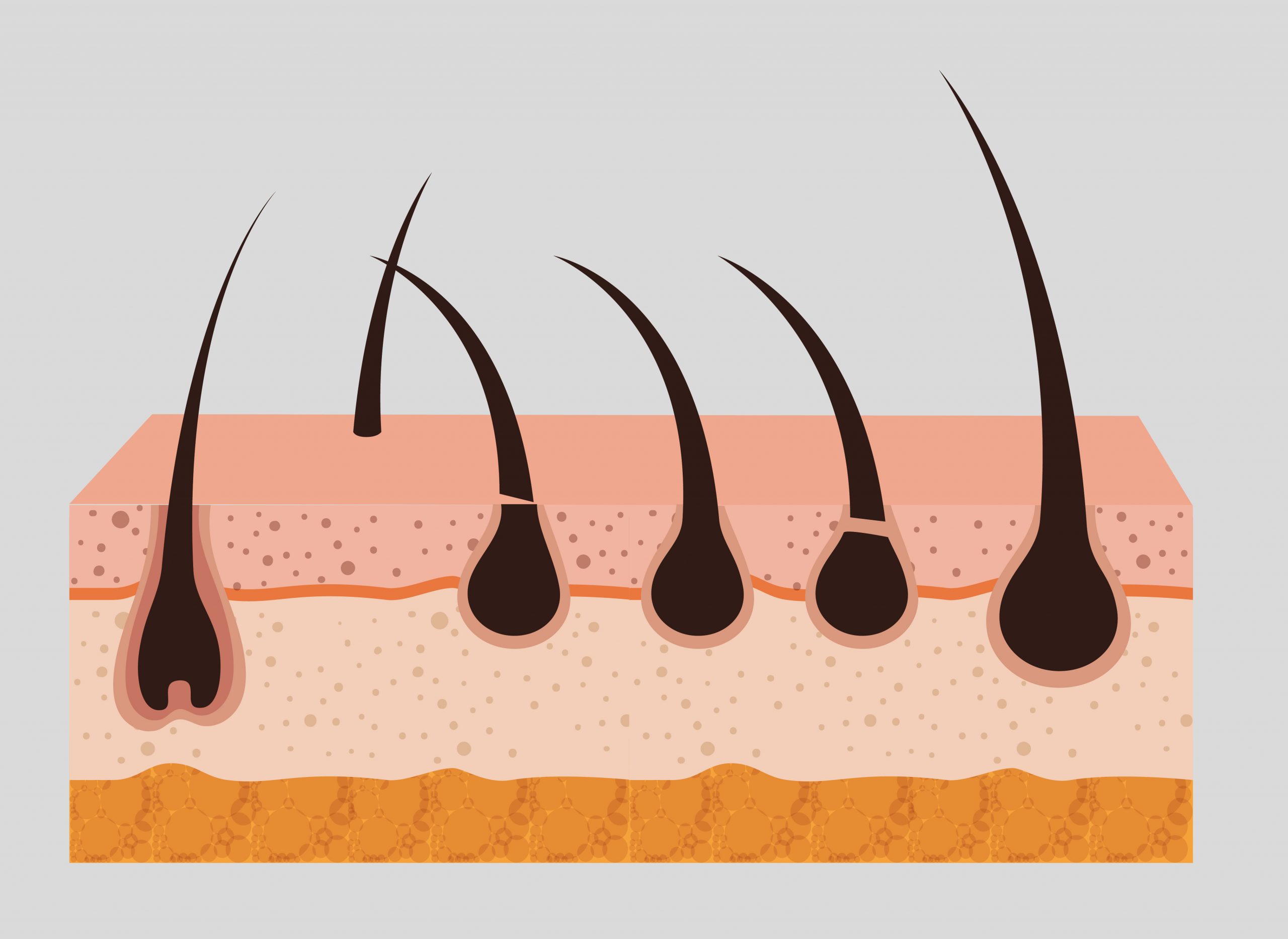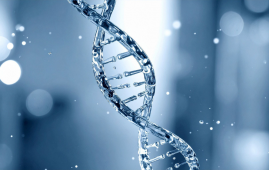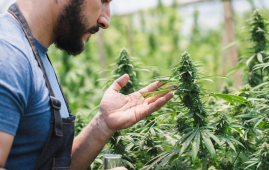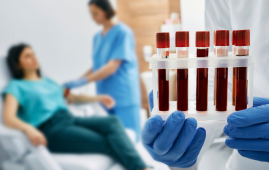

Just as people’s joints stiffen with age, making it difficult to move about, hair follicle stem cells stiffen, making it difficult to develop hair, according to a new Northwestern Medicine study. The scientists discovered that softening MicroRNA cells of the hair follicle increases their likelihood of producing hair.
Northwestern researchers discovered how to soften those stem cells, allowing them to regrow hair. The researchers describe in a mouse study published this week in PNAS that they can soften the stem cells by increasing the synthesis of a little RNA called miR-205, which relaxes the hardness of the cells. Researchers genetically modified stem cells to create more miR-205, which stimulated hair growth in both young and old mice.
“They started to grow hair in 10 days,” said corresponding author Rui Yi, the Paul E. Steiner Research Professor of Pathology and professor of dermatology at Northwestern University Feinberg School of Medicine. “These are not new stem cells being generated. We are stimulating the existing stem cells to grow hair. A lot of times we still have stem cells, but they may not be able to generate the hair.
“Our study demonstrates the possibility of stimulating hair growth by regulating cell mechanics. Because of the potential to deliver microRNA by nanoparticles directly into the skin, next we will test whether topically delivered miR-205 can stimulate hair growth first in mice. If successful, we will design experiments to test whether this microRNA can promote hair growth potentially in humans.”
This research was carried out in genetically modified mice models. The scientists used advanced microscopy technologies, such as atomic force microscopy and two-photon microscopy, to detect stiffness and track cell activities in live animals.
Jingjing Wang, Yuheng Fu, and Kathleen Green are among the other Northwestern authors.
The article is titled “MicroRNA-205 promotes hair regeneration by modulating mechanical properties of hair follicle stem cells.”
more recommended stories
 Genetic Diversity Explains Obesity Risk Differences
Genetic Diversity Explains Obesity Risk DifferencesCross-ancestry Study Identifies Novel Obesity Genes.
 Meniscal Tear and OA Pain Improved by Home Exercise
Meniscal Tear and OA Pain Improved by Home ExerciseHome Exercise Proves Effective for Knee.
 AI ECG Model Outperforms Standard STEMI Triage
AI ECG Model Outperforms Standard STEMI TriageNovel AI ECG Model Outperforms Standard.
 New Software Transforms Real-Time Pathogen Surveillance
New Software Transforms Real-Time Pathogen SurveillanceReal-Time Pathogen Surveillance Software Transforms Environmental.
 Bright Nights May Increase Stroke, Heart Failures in Adults
Bright Nights May Increase Stroke, Heart Failures in AdultsBright Nights are tied to increased.
 Cannabis Use Linked to Regular Tobacco in US Youth
Cannabis Use Linked to Regular Tobacco in US YouthCannabis Use and Tobacco Risk: A.
 Mediterranean Diet Reduces Endometriosis Risk in Women
Mediterranean Diet Reduces Endometriosis Risk in WomenMediterranean Diet and Endometriosis: A Promising.
 Night Shifts May Trigger Irritable Bowel Syndrome (IBS)
Night Shifts May Trigger Irritable Bowel Syndrome (IBS)Night Shifts and Digestive Health: Linking.
 Blood test shows promise for faster ALS diagnosis
Blood test shows promise for faster ALS diagnosisSummary / Key Points A UCLA.
 Caraway seed chemistry yields anticonvulsant leads
Caraway seed chemistry yields anticonvulsant leadsA team led by UNLV researchers.

Leave a Comment